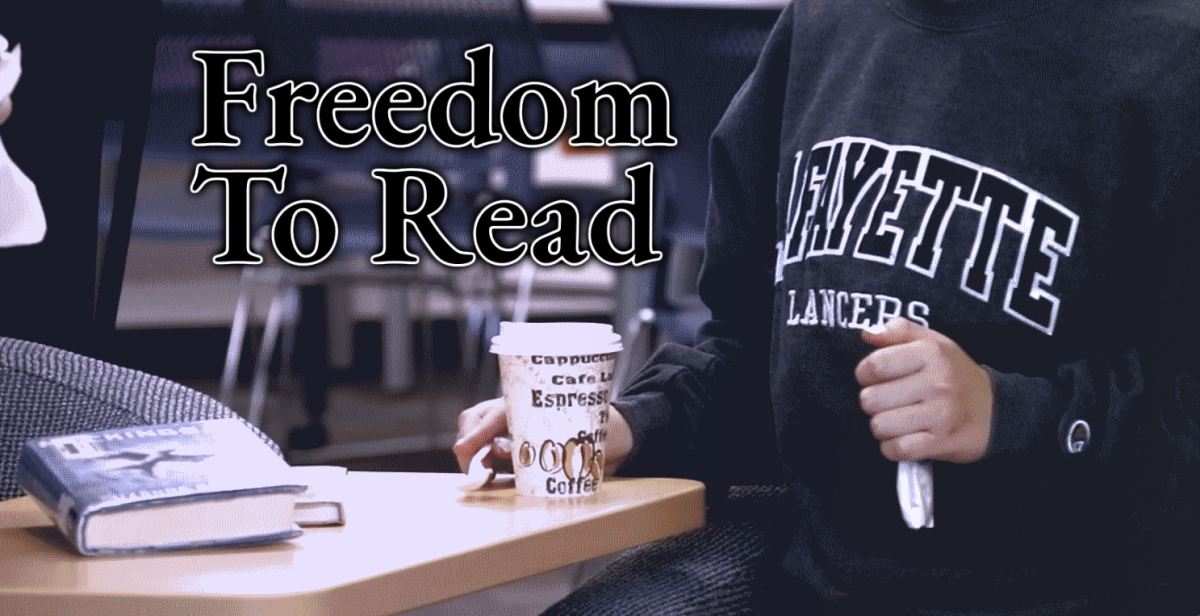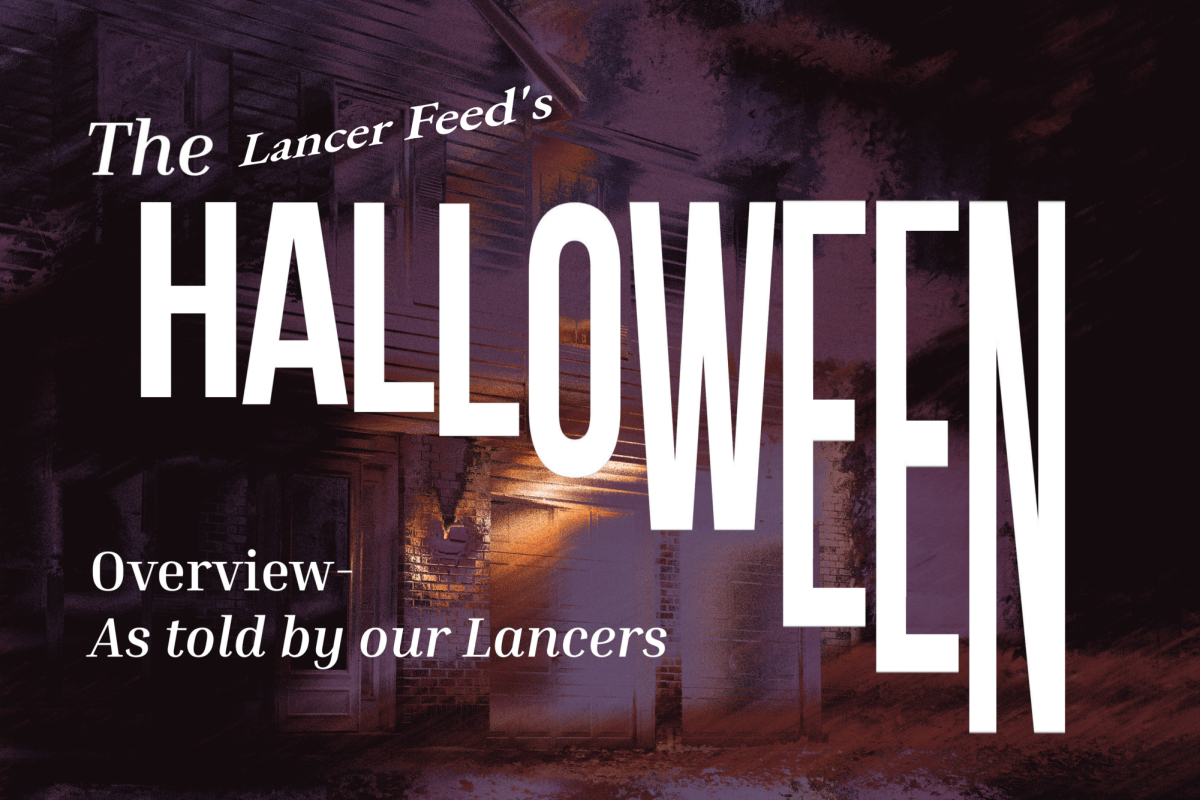Subjective Shakespeare: A Midsummer Night’s Dream
January 26, 2017
Most high school students in the Rockwood School District will be acquainted with the controversial William Shakespeare. Many freshman read Shakespeare’s pun and angst filled “Romeo and Juliet” as well. Sophomores have it way better in my opinion though, they have it better in general compared to freshman.
Sophomores read the comedy, “A Midsummer Night’s Dream.” This play is not only entertaining unlike “Romeo and Juliet,” but it’s far more sophisticated in its themes, plots and subplots. It’s Italian counterpart is fairly lacking in comparison.
“A Midsummer Night’s Dream” is a romantic comedy set in ancient Greece, it has Shakespeare’s usual tropes like arranged marriage, play inception (play within a play), love triangles, the scorned woman, jealousy in general and plenty of painful puns. However, this play differs from Shakespeare’s other works.
A key example are the fairies in the play. These god-like mythical creatures are just as flawed if not more so than us humans. This displays a deep comprehension of the world and with a theme so realistic, the play becomes richer as a whole. The seamless jaunts between high-comedy and low-comedy make this play balanced and well thought out. With such focus and well-written story line, the play becomes reality to the reader despite its fantasy genre. “Romeo and Juliet” was an incomplete, unbalanced play. “A Midsummer Night’s Dream” is absurdly consistent.


































